All 10 Middle-Earth Movies Ranked From Worst To Best
When a billion-dollar blockbuster franchise is ten movies in (and counting), having some ups and downs is pretty much unavoidable. And movies set within J.R.R. Tolkien’s Middle-earth are no exception: First there were a number of divisive but oddly fascinating animated adaptations in the late-’70s and early ’80s. Then came Peter Jackson’s Lord of the […]


When a billion-dollar blockbuster franchise is ten movies in (and counting), having some ups and downs is pretty much unavoidable. And movies set within J.R.R. Tolkien’s Middle-earth are no exception: First there were a number of divisive but oddly fascinating animated adaptations in the late-’70s and early ’80s. Then came Peter Jackson’s Lord of the Rings live-action movies, which we can all pretty much agree is the one trilogy to rule them all, the high-point for the franchise so far, and a huge financial gamble that paid off and changed big-budget filmmaking in ways we’re still dealing with 20 years later.
Sadly, Hollywood seemed to have learned all the wrong lessons from its unprecedented success, and the last of the goodwill the franchise might have enjoyed from its movie fanbase had been entirely burned up by the time the bloated Hobbit series fizzled out in 2014. Last year we had “The War of the Rohirrim”, an animated standalone movie set 183 years before Frodo Baggins came upon the One Ring.
To celebrate the return of the Middle-Earth on the big screen, we’re offering a comprehensive ranking, from worst to best, for every Tolkien big-screen adaptation to date (you can probably guess which film will end at the bottom of the barrel).
10. The Hobbit: The Battle of the Five Armies (2014)

With a bit of distance now, it’s hard to revisit the Hobbit trilogy without wondering what exactly went wrong, and what might have been. Blame it on Peter Jackson, Philippa Boyens, and Fran Walsh, or the studio execs at Warner Bros. for milking the IP for every cent it’s worth, but the decision to split a relatively short children’s book into a trio of nine-figure-budgeted movies with a combined runtime of eight hours feels in retrospect like artistic malpractice.
Not only the nadir of Jackson’s superfluous trilogy but far and away the low point of Middle-Earth big screen adaptations, “The Battle of the Five Armies” indulges in all the wrong ways, needlessly stretching out its eponymous big action set piece (which originally occupies about three pages in Tolkien’s novel) for what feels like an eternity as we watch Bilbo Baggins, mad prince Thorin Oakenshield, and the rest of the dwarven gang make an heroic final stand at the gates of Erebor.
No amount of key-jangling fan service (hey look, remember how cool and awesome Legolas and Galadriel are?) and weightless computer-generated mayhem can capture even a fraction of the sense of epic scale and white-knuckle thrills of Helm’s Deep or Pelennor Fields (Dáin Ironfoot looks about as believable today than, say, Jar Jar Binks in “The Phantom Menace”), while the less that’s said about the shoe-horned Tauriel-Kili courtship, the better. In a different timeline though, who knows, we may be lining up to revisit Guillermo del Toro’s version along with the mainline trilogy in our annual marathon binge.
9. The Lord of the Rings (1978)

This is where it all began. A case could be made that this late-1970s cult item deserves to be slotted a couple spots higher strictly based on the fact that it was regarded as the definitive Lord of the Rings screen adaptation for well over 20 years until Peter Jackson came along. And one does feel tempted to cut visionary animator Ralph Bakshi some slack for taking the huge undertaking of translating Tolkien’s universe from page to screen with little blueprint to go on, limited resources, a tight schedule, and a notoriously troubled production saddled with untimely setbacks. But here’s the cold truth: The film is simply not that good.
An early pioneer in rotoscoping animation style, the 1978s “The Lord of the Rings” saw Bakshi push boundaries and experiment by fusing conventional hand-drawn backgrounds and characters with extended sequences of animation cels traced over live-action footage. The result of this costly and laborious process is unfortunately very wonky, unintentionally funny, and considerably less coherent than any of his future endeavors (“Fire and Ice”, “American Pop”). The film covers the first two thirds of the story and culminates in the siege of Helm’s Deep, setting up a sequel that was ultimately ditched by the studio (Led Zeppelin was originally tapped to compose the music and Mick Jagger asked to voice Frodo).
Forty-odd years later, Bakshi’s “Lord of the Rings” is a mixed bag overall, only partially redeemed by a uniquely-retro, uncanny visual style that is totally its own. If you’re a diehard completionist, it might be worth tracking down.
8. The Return of the King (1980)

Can we all just agree that the “Where There’s a Whip, There’s a Way” song slaps and move on? Full disclosure: This is probably the hardest call in our Tolkien movie ranking so far. All things considered, this is probably the least essential adaptation of the lot — a film that we cannot bring ourselves to hate, but one that frankly doesn’t really stand on its own.
Weirdly, this 1980 film by Jules Bass and Arthur Rankin serves as an unofficial sequel to their earlier animated adaptation of “The Hobbit” (why they decided to skip straight to Return of the King without so much as a nod to Ralph Bakshi’s 1978 “Lord of the Rings” is anyone’s guess). This leaves the viewer pretty much to their own devices to fill in the gaps and keep up with the story as we watch Frodo and Sam recount their perilous journey to Mount Doom to Bilbo at Rivendell, while Gandalf fends off Sauron’s forces at Minas Tirith.
Not everything sticks together, and you have to take it for what it is — a 77-minute TV movie pretty much made for kids that condenses the saga’s grand finale while wasting a large chunk of its runtime on Sam’s rescue of Frodo at the Pass of Cirith Ungol (also, Legolas and Gimli are omitted entirely). Hot take: The visually striking animation style, quirky character designs, and gorgeous hand-drawn backgrounds have aged much better than Bakshi’s noble but failed rotoscoping experiment, the voice-acting cast is stacked (John Huston gives Ian McKellen a run for his money as Gandalf), and the story effectively captures the dark, brooding atmosphere of Tolkien’s text.
7. The Hobbit: The Desolation of Smaug (2013)

Let’s start off with the positives, shall we? A lot was riding on the much-awaited introduction of the fearsome titular dragon (last seen hoarding dwarven treasure inside the Lonely Mountain) for the middle installment in Jackson’s three-parter to succeed, and despite everything else, Bilbo’s conversation with Smaug more than lived up to expectations.
Benedict Cumberbatch’s voice acting is spot on and manages to sell what is, hands down, the most memorable scene in the entire Hobbit series. And as usual, Martin Freeman puts in a great shift as Bilbo, who continues to prove his worth to Thorin and company through the Mirkwood Forest, the elven halls of Thranduil, and the human town of Lake-wood while the heist crew inch closer to their destination — the abandoned dwarven stronghold of Elebor.
Still, you can pinpoint to this bloated, 161-minute middle chapter as the moment where the wheels really started to come off. Standalone scenes that were barely even mentioned in the novel such as Gandalf’s detective side quest at Dol Guldur — while awesome in a vacuum — end up breaking the narrative flow and ultimately make the whole thing a bit of a chore to get through. Oh, and the fact that “The Desolation of Smaug” ends on a massive cliffhanger just before Smaug actually desolates is certainly… a choice (I know, I know, the title technically refers to the Lonely Mountain, whatever, my point still stands).
6. The Hobbit: An Unexpected Journey (2012)

Peter Jackson’s much-anticipated return to Middle-earth didn’t exactly turn out to be the cinematic slam-dunk that most fans had envisioned. Nevertheless, after an unbearable wait of almost 10 years since “Return of the King” graced theaters, most of us were glad to just go along for the ride if only to spend a little more time back in the Shire catching up with our dear old buddies Bilbo and Gandalf.
Expecting the same consistent level of visual and storytelling brilliance as the Rings trilogy certainly set fans up for disappointment. Sure enough, “An Unexpected Journey” felt like a massive letdown at the time and doesn’t hold a candle to any of its predecessors. But we’ll personally die on the hill that says there’s a solid fantasy adventure epic buried here somewhere.
On the credit side of the ledger, Martin Freeman isn’t half-bad in the lead role as Bilbo, an ordinary little Hobbit suddenly thrust into extraordinary circumstances after signing up for a treasure hunt alongside a bunch of gold-hungry dwarves. Throw in Sir Ian McKellen and Andy Serkis reprising their roles as Gandalf and Gollum, as well as the same composer-DOP combo behind LOTR (Howard Shore and Andrew Lesnie), and moviegoers had every reason to believe they were in for another masterpiece. So much for that.
There’s fun to have in the margins (the Riddles in the Dark scene and Gandalf’s speech in Rivendell are obvious standouts), but this may be the single most disappointing Tolkien adaptation so far given what came before and the sheer talent attached. Somehow, it all went downhill from here.
What's Your Reaction?


























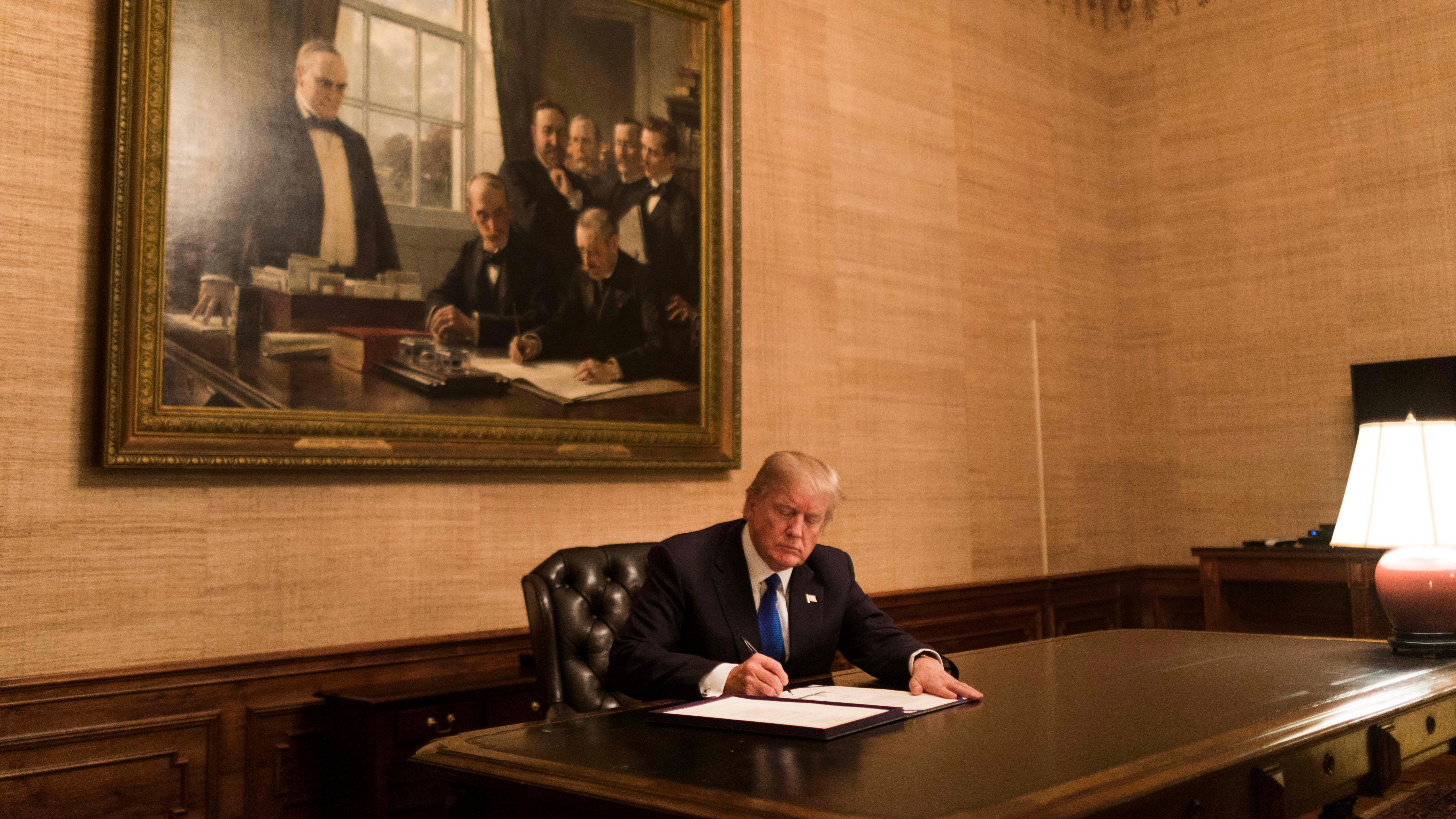

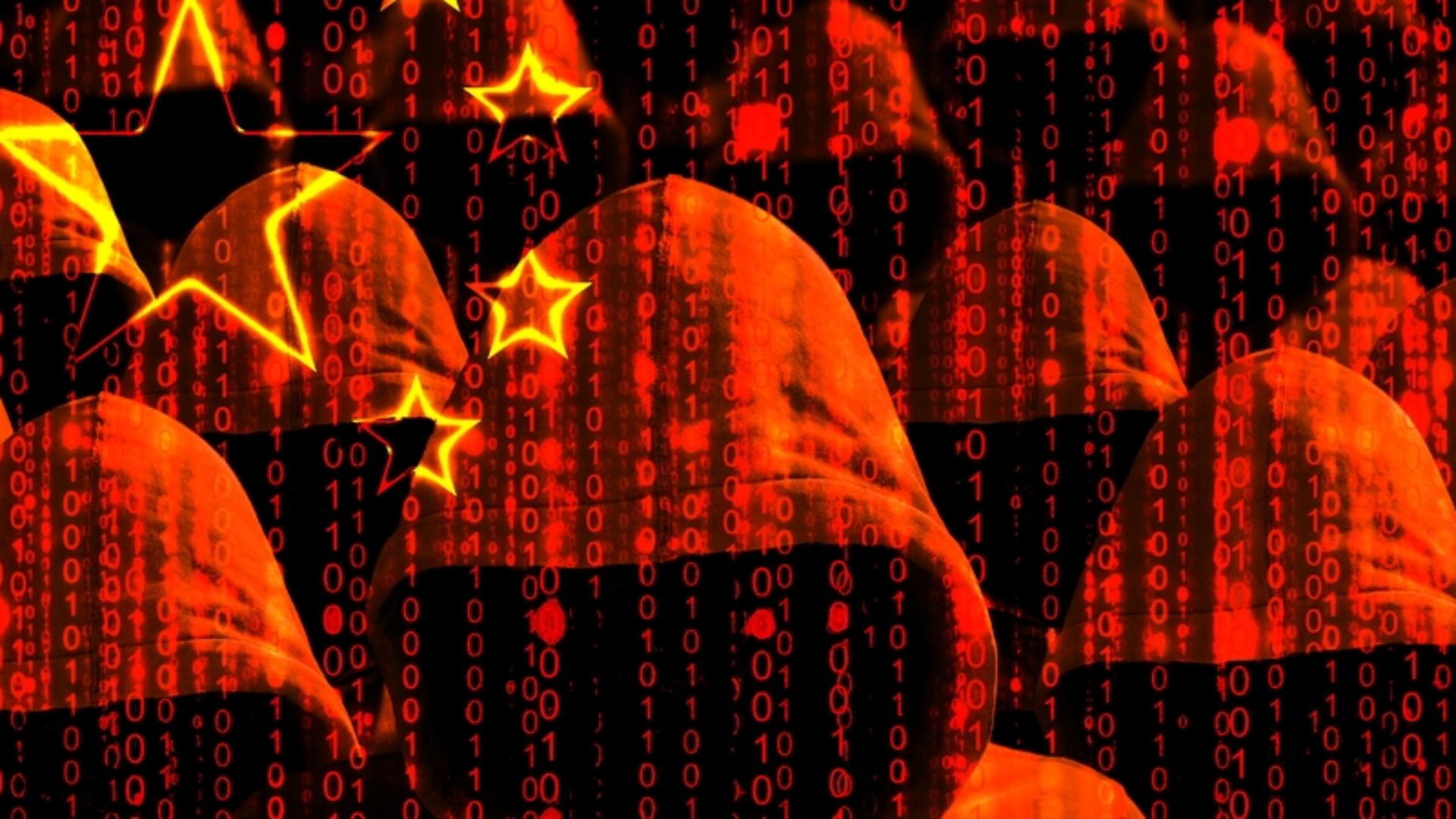






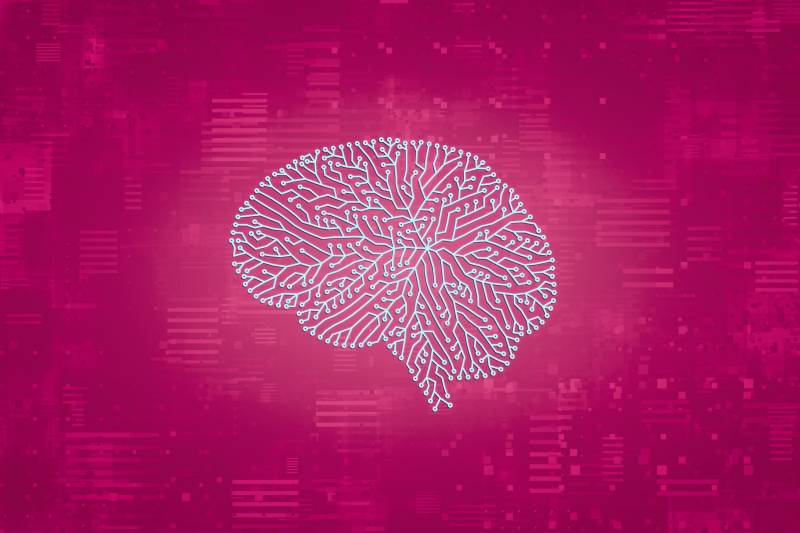


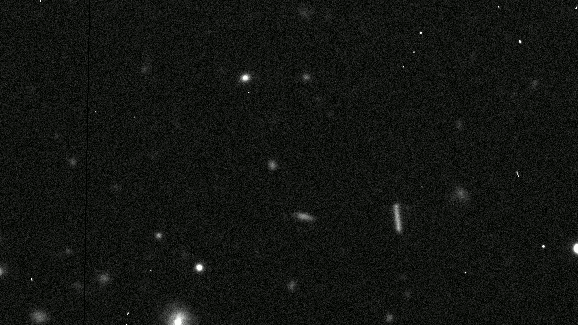
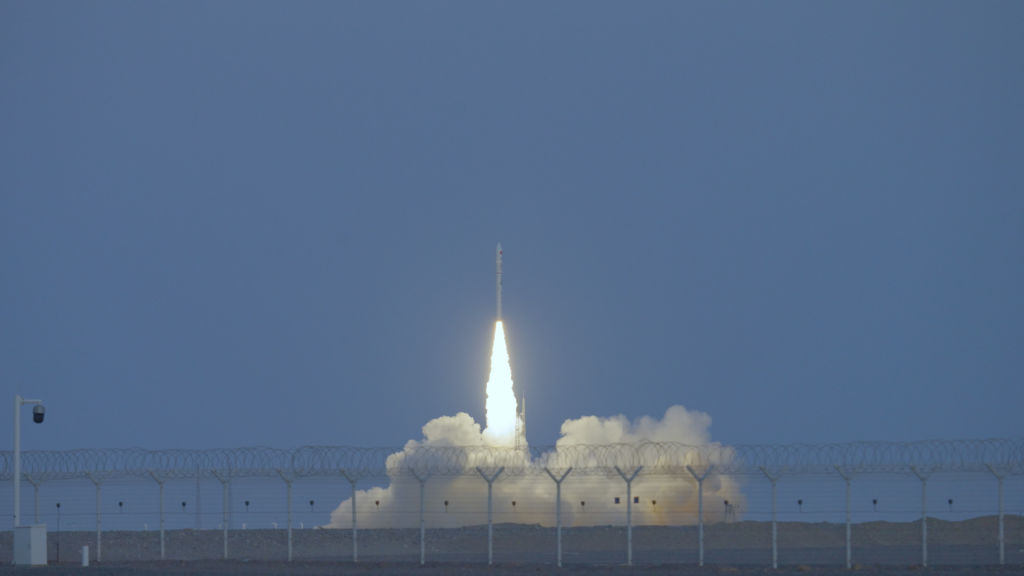































![‘Quantum Error’ Developers Announce Third-Person Action Horror Title ‘Code Violet’ [Trailer]](https://bloody-disgusting.com/wp-content/uploads/2025/01/codeviolet.jpg)






